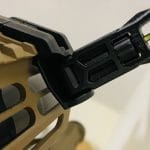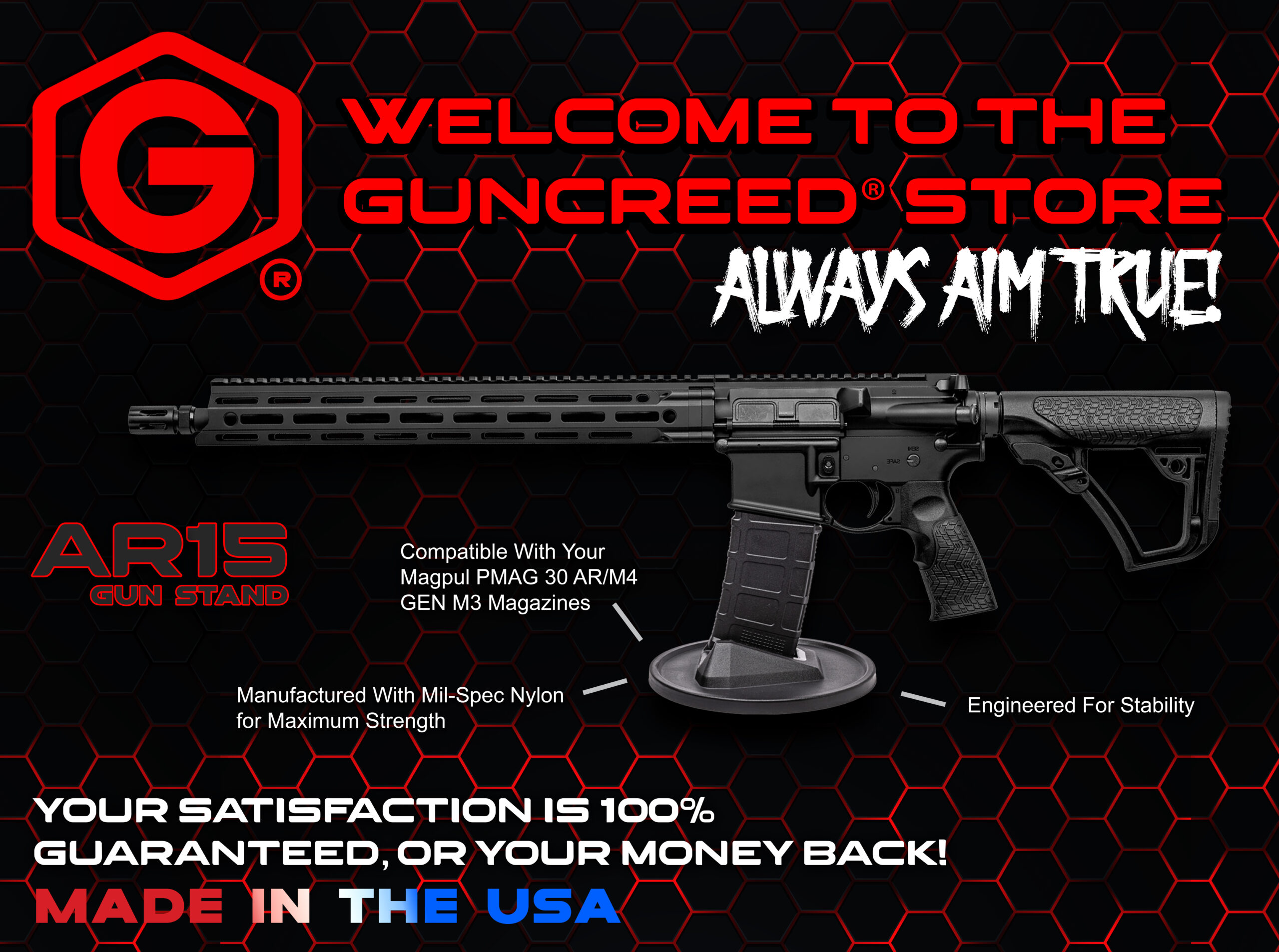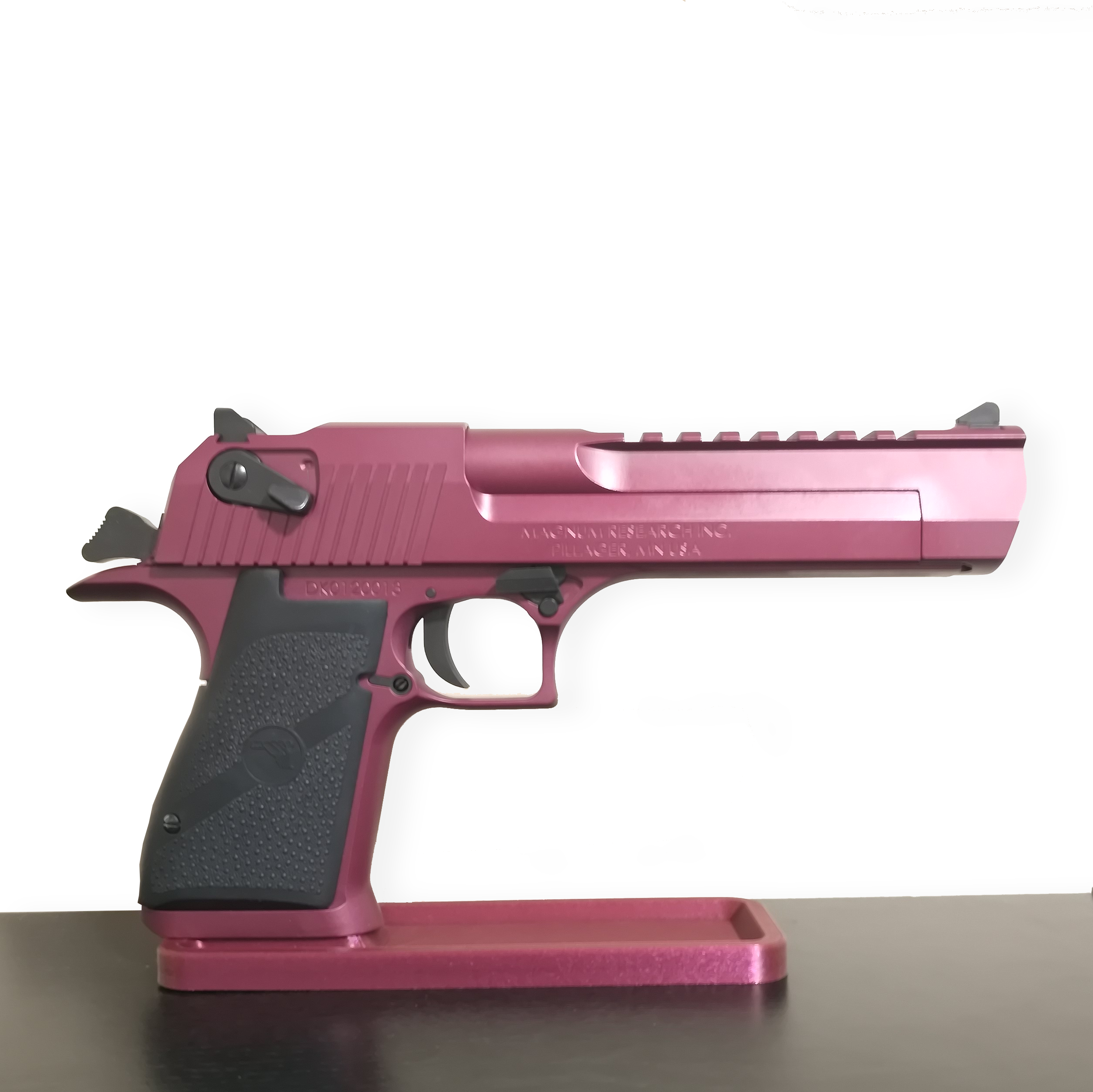


Free Shipping | 99% of all stands ship within 24 hours
We appreciate you sharing this:


We appreciate you sharing this:

Categories:
The comparison between the .357 Magnum and the .44 Magnum is one of the most enduring caliber discussions in the revolver world. Both cartridges are powerful, proven, and historically respected across personal defense, law enforcement legacy roles, and hunting applications. While both are revolver-based calibers, they occupy different ends of the power and recoil spectrum, and each excels within different engagement contexts.
This article provides a professional and structured evaluation of the two calibers, examining recoil behavior, ballistic characteristics, penetration potential, platform availability, practical field use, and training considerations. Understanding how these calibers perform relative to the shooter’s intended role is essential for selecting the most effective solution.
The .357 Magnum was introduced in the 1930s during a period where increased handgun performance was requested by law enforcement. It built upon the .38 Special cartridge platform by lengthening the case and increasing chamber pressures. The result was a high-velocity revolver round capable of penetrating automobiles, early body armor of the era, and other barriers that were increasingly encountered in law enforcement engagements. Over time, its versatility, controllability, and capability in both short-barrel and medium-frame revolvers made it widely adopted in defensive and duty roles.
The .44 Magnum was introduced in the mid-1950s with the intent of creating the most powerful commercially available revolver cartridge of its time. It is based on the .44 Special case but significantly lengthened and loaded to much higher pressures. While popularly associated with hunting and backcountry defense, the .44 Magnum is also capable of serving as a defensive tool in developed environments by using reduced-pressure .44 Special loads.
The primary distinction between these calibers lies in bullet mass and energy delivery.
| Caliber | Typical Bullet Weight | Muzzle Velocity (fps) | Energy Output |
|---|---|---|---|
| .357 Magnum | 125–180 grain | 1,200–1,450 fps (typical revolver) | Moderate to high |
| .44 Magnum | 180–300+ grain | 1,100–1,450+ fps (depending on barrel length) | High to extremely high |
Summary: Both calibers can reach similar muzzle velocity ranges, but .44 Magnum achieves significantly higher energy due to larger bullet mass and greater powder volume. This results in increased stopping capability and deeper penetration in larger animals or hardened tissue structures.
The recoil profile of .357 Magnum is sharp but manageable for most trained users. In medium and large-frame revolvers, recoil is controlled, predictable, and allows for repeatable accuracy. The recoil can become more aggressive in small, lightweight revolvers, though these configurations are commonly selected for concealed carry due to their portability.
.44 Magnum produces significantly greater recoil. The impulse is forceful, involving both rearward movement and muzzle rise. Extended training sessions require stamina, proper wrist support, and familiarity with double-action revolver control. For shooters accustomed to steady recoil management or bolt-action hunting tools, adaptation to .44 Magnum handling is achievable with structured practice.
Essential principle: Accuracy under stress and fatigue is a more meaningful metric than raw muzzle energy alone.
Both calibers are typically chambered in revolvers. However, platform size varies significantly between the two due to differences in cylinder dimensions and operating pressures.
| Caliber | Common Revolver Frame Types | Platform Weight | Typical Barrel Lengths |
|---|---|---|---|
| .357 Magnum | Small, medium, and large-frame options | Light to moderate | 2″–6″ |
| .44 Magnum | Medium-large and large-frame platforms | Moderate to heavy | 4″–8.375″ (commonly) |
.357 Magnum supports a broader range of carry and duty-sized revolvers. Meanwhile, .44 Magnum is more specialized, optimized for larger and heavier revolvers that help counterbalance recoil and energy.
One of the most relevant considerations when selecting a revolver caliber is the ability to train consistently.
Training with the lower-pressure companion rounds allows users to reinforce technique while minimizing fatigue. Full-power loads can then be incorporated periodically for familiarity.
For defense inside typical urban or indoor ranges, .357 Magnum is generally more appropriate due to faster recovery between shots and broader platform selection. When loaded with modern controlled expansion ammunition, it delivers effective stopping performance with manageable recoil.
In environments where encounters may involve large animals with substantial muscle, bone, and hide structure, .44 Magnum is the stronger option. The increased bullet mass and depth of penetration provide superior capability for large-animal deterrence.
Both calibers are used in hunting contexts, but their suitable target profiles differ:
A shooter’s experience level and physical stability play a major role in caliber selection.
The most effective solution is always the one the user can deploy accurately and confidently under stress.
| Category | .357 Magnum | .44 Magnum |
|---|---|---|
| Recoil | Moderate (manageable) | High (requires technique) |
| Platform Size Options | Wide range (including compact) | Mostly medium-large frames |
| Training Cost | Reduced cost via .38 Special | Reduced cost via .44 Special (but still higher) |
| Best Defensive Environment | Urban / home / concealed carry | Wilderness / large animal defense |
| Best Hunting Profile | Medium game | Medium-to-large game |
Selection between .357 Magnum and .44 Magnum should be guided by environment, anticipated threat profile, physical handling comfort, and training commitment. For general defensive use and broad accessibility, .357 Magnum is the more versatile and practical option. For wilderness protection, hunting, or scenarios requiring maximum energy and deep penetration, .44 Magnum offers capability that smaller calibers cannot match.
Most importantly, the caliber chosen should be one in which the shooter can maintain consistent accuracy, confidence, and effective control under stress.
Always follow safe handling principles and all applicable laws.